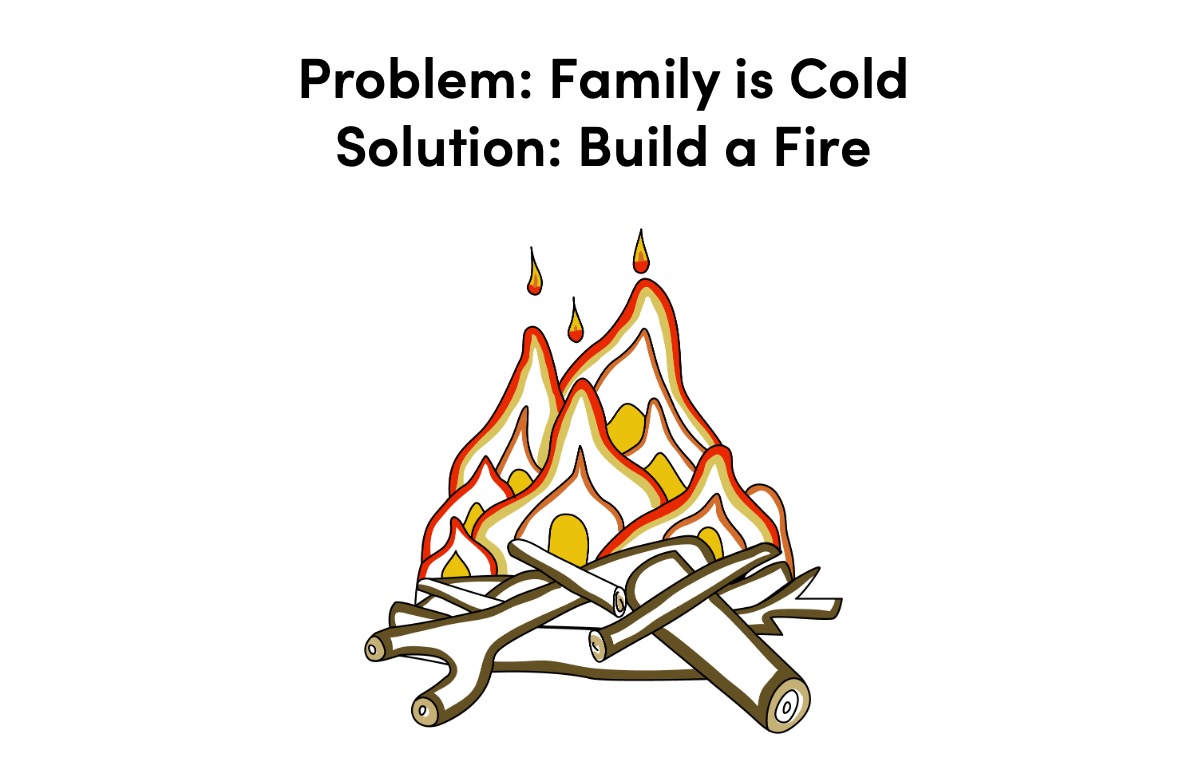This post was published in the Common Craft Newsletter Subscribe Here
When you hear the word "design" you might think about fashion, art, graphics, or devices, and that's accurate. Apple is famous for its emphasis on design as a competitive advantage. It might seem that design is the sole domain of professionals with experience and degrees, but I beg to differ.
I believe we are all designers. That's because design, in its simplest form, is identifying a problem and planning a solution. In this way, design can be simple (planning a meal) or extremely complicated and rigorous (planning a VR headset). If you've ever built a campfire, you've used design skills to achieve the desired outcome.

Design Thinking - A Primer
Professional designers often use a concept called "Design Thinking" to guide the design process. It's human-centered and creates a foundation for thinking through the steps and big ideas that lead to a good design. The main steps are:
- Empathize - Who is the audience, and what do they need?
- Define - What problem needs to be solved? Why?
- Ideate - What is likely to work?
- Prototype - Quickly create or build something that can be tested
- Test - Show it to people, ask for feedback
- Iterate - Make changes based on feedback
These steps are also a useful guide for designing explanations:
- Empathize - Who is the audience, and what do they need?
- Define - What needs to be explained? Why?
- Ideate - What is likely to work? Analogy? Visual? Example? Video?
- Prototype - Write a script, develop a presentation
- Test - Share a draft script, ask for feedback
- Iterate - Make changes based on feedback
This may seem like a lot to consider for an explanation and in most cases, that's true. But some explanations are important enough to deserve planning and design thinking.
If you're going into a job interview, introducing a new product or service, communicating a new policy, or asking for funding or support, clarity is essential. Your success depends on your audience understanding what you have to say and without planning, the task becomes more difficult.
The best, most impactful explanations are designed. They are premeditated. They are explanations in the first degree and an essential skill for the 21st century. Soon we'll take more steps in this direction.